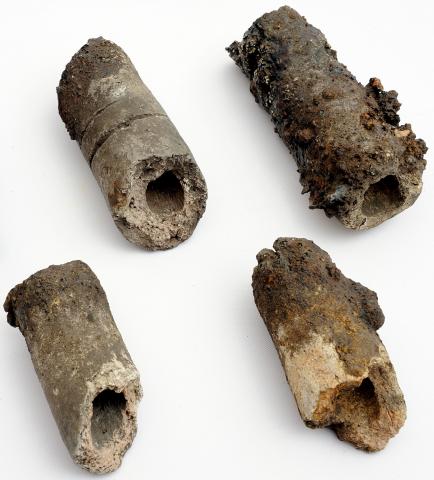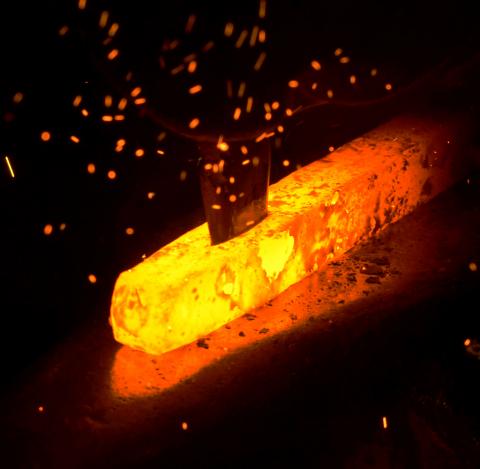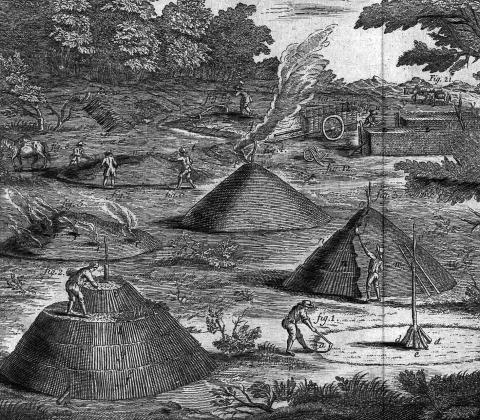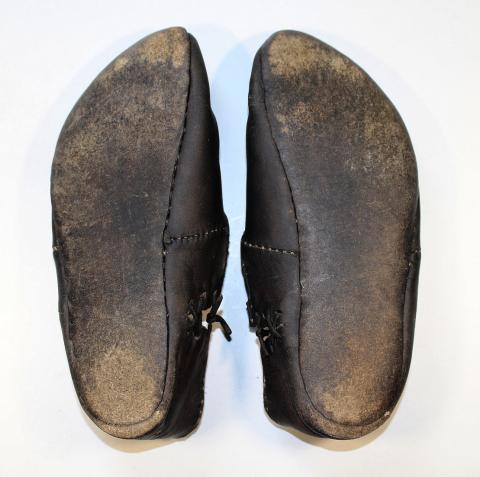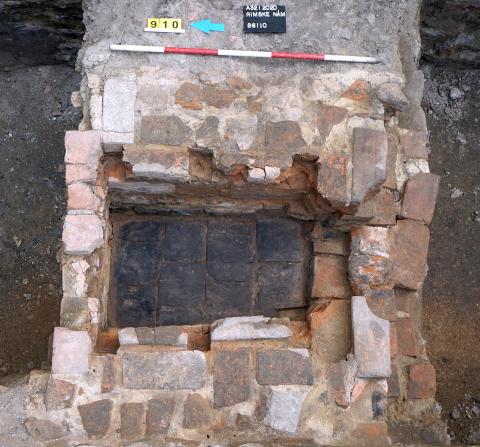V letech 2013–2018 uskutečnila Fakulta humanitních studií Univerzity Karlovy ve spolupráci s odborníky z dalších institucí neformální projekt interdisciplinárního studia zaniklých novověkých uhlířských plošin na Křivoklátsku a v Brdech ve středních Čechách a na Radečské vrchovině v západních Čechách. Studium zahrnovalo terénní archeologické výzkumy, antrakologické analýzy, studium archivních pramenů, experiment a využití etnografických analogií. Přínosem projektu bylo stanovení typologie uhlířských plošin a upřesnění prostorových struktur rozsáhlých soustav zaniklých plošin v lesních porostech, přičemž z písemných pramenů i z umístění rozsáhlých soustav uhlířských plošin v krajině vyplývá, že naprostá většina dřevěného uhlí byla v novověku určena pro velké průmyslové metalurgické provozy. Projekt však také opakovaně potvrdil, že kombinace archeologického a botanického studia umožňuje zaniklé uhlířské plošiny datovat nejvýše do „novověku“, tj. obecně do období 18.–20. století. Bližší časové zařazení provozu na jednotlivých plošinách zatím není možné a i další informace, které lze získat výzkumy plošin, jsou poměrně chudé, což potvrzují i obdobné výzkumy prováděné již několik desítek let v zahraničí. Budoucnost terénního výzkumu proto spatřujeme v rozšíření bádání na okolí vlastních plošin, resp. na zařazení uhlířství do komplexu výrobních i nevýrobních aktivit vázaných na lesní prostředí.
Historical charcoal burning platforms – right fully or wrongly overlooked monuments? Experience from a study of platforms from early modern and modern ages in the Křivoklát region, and in the Brdy and Radečská vrchovina Highlands
In the years 2013–2018, the Faculty of Humanities of Charles University in Prague, in cooperation with experts from other institutions, conducted an informal interdisciplinary project concerning studies of recently defunct charcoal burning platforms in the Křivoklát and Brdy regions in Central Bohemia and the Radeč hills in Western Bohemia. The studies included archaeological fieldwork, anthracologic analyses, studies of historical sources, experiments, and the use of ethnographic analogies. The result of the project was the determination of the typology of the charcoal-making platforms and the refinement of spatial structures of extensive swarms of defunct platforms in forest regions, with historical sources and the layout of the charcoal sites in the landscape indicating the use of most of the charcoal in early modern and modern ages for large metallurgic plants. The project again confirmed that the combination of archaeological and botanical studies enables the dating of these charcoal sites into modern times, i.e., the 18th–20th centuries. More precise dating of the operation on individual sites is not possible, and additional information which can be gathered from the study of the sites is also quite sketchy, which is in accord with a similar investigation conducted for several decades abroad. Further studies should therefore encompass the surroundings of the charcoal sites, or the integration of charcoal making into the wider scope of productive and non-productive activities associated with the forest environment.
